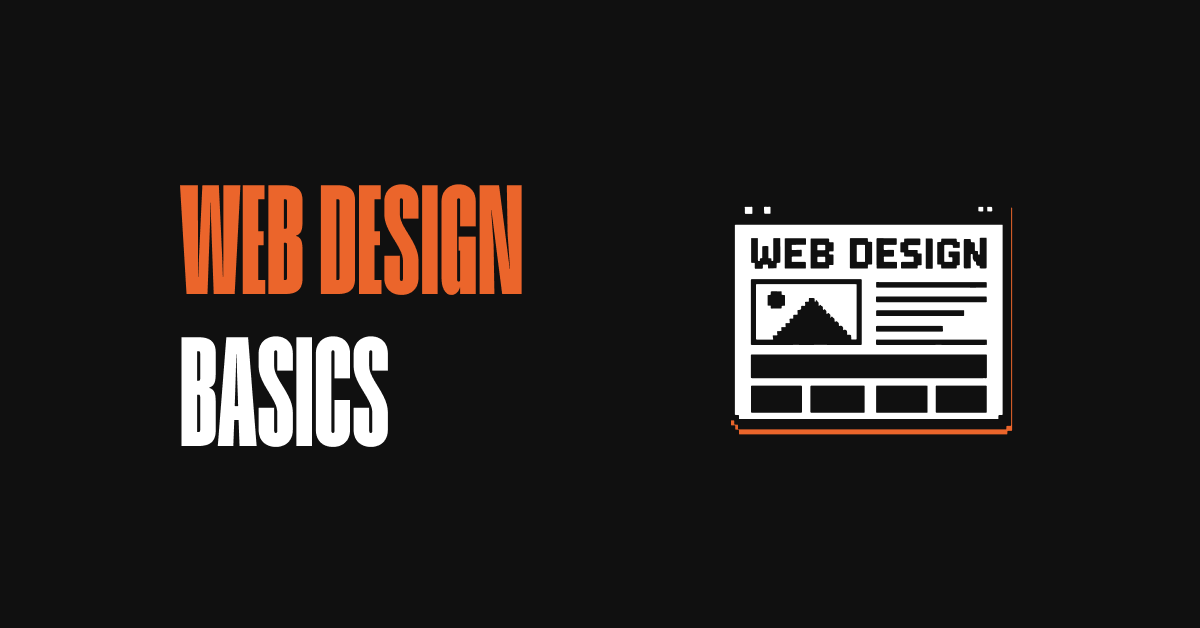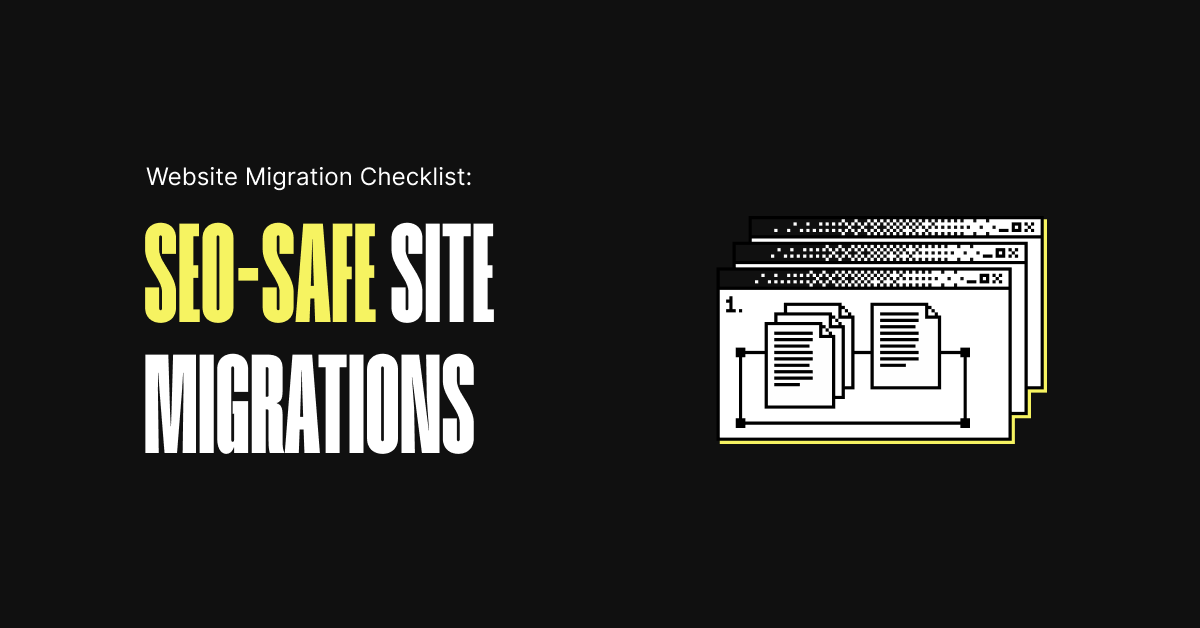How to Choose a Web Design Agency: A Practical Guide 2025

Choosing a web design agency affects your brand, leads, revenue, and roadmap for years. The right partner will learn your business, build for SEO and speed, fold CRO into design, keep stakeholders aligned, and support you after launch. Use this guide to shortlist fast, ask sharper questions, set a realistic budget and timeline, and avoid common pitfalls when you choose a web design company.
Start with outcomes: define goals and success metrics
Before contacting agencies, write down the outcomes you want and how you will measure success. Be specific: qualified leads per month, demo bookings, average order value, self-serve adoption, job applicants, or reduced support tickets. Tie these to metrics you can track from day one – conversions, pipeline influenced, organic visibility on priority keywords, Core Web Vitals, and task completion rates in UX tests. Agencies that ask smart discovery questions, propose meaningful measurements, and plan pre and post-launch benchmarks are more likely to deliver results, not just a pretty site. When you start evaluating partners, use this checklist of what to focus on when evaluating design agencies.
Build a tight shortlist fast
Look for proof that an agency understands businesses like yours. Review recent web design case studies and results, the types of problems they solved, industries served, and the size and complexity of projects. Check their web design process and methodology for discovery, UX, development, QA, and launch. Prefer teams that show work in progress, not just finished screenshots. Two to four agencies is a manageable shortlist for meaningful conversations without dragging the process.
Questions to ask before you hire a web design company
Discovery and strategy
- How will you learn our business, buyers, and jobs to be done?
- What deliverables will we get before design starts – sitemap, user flows, content model, or prototypes?
- How will you translate business goals into UX and content priorities?
UX, content, and CRO
- What is your approach to information architecture and messaging hierarchy?
- How do you validate designs – user testing, heatmaps, or A/B tests?
- How will you help us produce content – strategy, writing, or editorial guidance?
SEO and performance
- How do you integrate technical and on-page SEO during the build, not after?
- What performance targets do you set and how do you meet Core Web Vitals?
- Will you handle redirects, structured data, and crawl budget management?
Accessibility and mobile-first
- What WCAG level do you target and how do you test accessibility?
- How do you design mobile-first layouts without relying on generic templates?
- How do you ensure keyboard navigation and color contrast standards?
Tech stack and integrations
- Which CMS do you recommend for our needs and why?
- What is your track record with required integrations – CRM, marketing automation, commerce, or ATS?
- How do you architect for scalability and clean content models?
Project management and scope changes
- Who are the core team members and what is their availability?
- How do you handle scope changes, sprint planning, and approvals?
- What collaboration tools and cadence will we use for updates and demos?
Ownership, security, and compliance
- Who owns the code, designs, and content after launch?
- How do you manage hosting, backups, staging, and security patches?
- Do you address privacy, cookie consent, and data retention requirements?
Post-launch support
- What does ongoing support include – small fixes, new features, CRO, or SEO enhancements?
- How will you train our team and document the CMS and components?
- What SLAs and response times do you offer?
AI usage and guardrails
- Where do you use AI – research, content drafts, image generation, QA – and how do humans review?
- How do you avoid model biases and protect sensitive data?
Budget, pricing, and timeline
Clarify what you are buying and how risk is managed. Ask for a phased estimate with assumptions, dependencies, and visible trade-offs. Align on launch-critical scope versus backlog items to avoid surprises. Timelines depend on discovery depth, content readiness, integrations, and approvals. As a reference, simple marketing sites often take 6 to 10 weeks, more complex builds 12 to 20 weeks or more. For benchmarks, see how much it costs to develop a website.
| Pricing model | Best for | Watch-outs |
|---|---|---|
| Fixed scope, fixed fee | Well-defined requirements, limited integrations | Change requests add cost and time |
| Time and materials | Evolving scope, discovery-heavy projects | Requires disciplined prioritization and transparency |
| Retainer or sprint-based | Continuous improvements post-launch | Set clear outcomes per cycle |
SEO, performance, accessibility, and mobile-first
Top agencies bake search, speed, and accessibility into design and development. Expect keyword mapping to page types, semantic HTML, logical heading structure, internal linking, and structured data. Technical SEO should cover clean URLs, XML sitemaps, robots rules, canonical tags, and redirect plans for migrations. For performance, insist on a component library that avoids bloat, optimized media, code splitting, caching, and real device testing to hit Core Web Vitals. Mobile-first design should solve key tasks on small screens without dependency on desktop patterns. Accessibility is not optional – require WCAG-aligned color contrast, labels, focus states, and screen reader support validated with automated checks and manual audits.
Content, CRO, and analytics foundation
Great design fails without the right words and measurement. Agree on tone of voice, messaging hierarchy, and content governance before design lock. For conversion, define primary and secondary CTAs per page, evidence types to build trust, and patterns for forms and social proof. Make analytics implementation part of scope: event tracking for key actions, form analytics, funnel tracking, consent-aware tagging, and dashboards that map directly to your success metrics. Plan at least one post-launch iteration to act on early data.
Stakeholders, process, and communication
Map stakeholders early – executive sponsor, marketing, product, sales, customer support, IT. Define who decides, who advises, and who is informed to avoid design by committee. Ask for a clear process with milestones: discovery, IA, content, wireframes, design system, development, QA, training, launch, and hypercare. Weekly check-ins with demos keep momentum and surface risks early. Agencies that can articulate how they handle feedback, conflicting opinions, and prioritization will protect your timeline and outcomes. For practical guidance, see these tips for successful client–agency communication.
Contracts, ownership, and security
Your agreement should state that you own the final code, designs, and content once invoices are paid. Clarify access to design files, source code, and repositories. Confirm licensing for fonts, stock, and third-party components. Ensure non-proprietary, portable tech unless you intentionally choose a platform. Security should include role-based access, environment separation, automated backups and restores, patching policies, and a plan for vulnerabilities. For privacy, define cookie consent, data retention, and how tags are deployed.
Post-launch support, CMS training, and handover
Agree on a support window and a maintenance plan covering bug fixes, dependency updates, and minor enhancements. Ensure you receive component documentation, editorial guidelines, and a CMS training session recorded for future hires. Decide how new features will be scoped – through a backlog with sprint planning or a simple change request flow. A short hypercare period with faster response times helps stabilize after go live.
Printable checklist to choose the right web design agency
- Define outcomes, audiences, and success metrics
- Create a concise brief with scope, constraints, and content status
- Shortlist 2 to 4 agencies with relevant case studies and process depth
- Validate discovery, UX, SEO, performance, accessibility, and integration approach
- Meet the actual team who will work on your project
- Align budget, pricing model, timeline, and approval cadence
- Confirm ownership of code, designs, and content, plus security practices
- Scope analytics, redirects, and post-launch support in the statement of work
- Lock a realistic MVP and a backlog for phase 2 items
FAQ
What are the 5 golden rules of web design?
Clarity over cleverness, especially in navigation and messaging. Visual hierarchy that guides attention and makes CTAs obvious. Consistency in components, spacing, and interaction states. Performance by default – fast pages convert better. Accessibility for everyone with proper semantics, contrast, keyboard support, and alt text. These rules help when you choose the right web design company because they separate style from substance.
How much do agencies charge for web design?
Prices vary by scope, integrations, and content readiness. Simple brochure sites can land in the low five figures, while complex, integration-heavy sites range higher. Expect additional budget for discovery, content production, and post-launch improvements. Ask for phased estimates with assumptions and a plan to handle change – this is key when deciding how to choose the best web design company for your needs.
What is the 3 second rule in web design?
In roughly 3 seconds a visitor should know what you offer, why it matters, and the next step to take. Achieve this with a clear headline, supportive subheading, a visible CTA, fast loading, and above-the-fold cues that match search intent. Agencies that prototype and test this early tend to deliver higher conversion.
How do I choose the best web development company?
Use the same criteria you would for how to choose a website design and development company: proven process, strong integration experience, clean code standards, security practices, and a plan for maintenance. Look for case studies that show complex builds and ongoing improvements, not just launches. If you’re unsure about the distinction, read Web design vs. web development: what’s the difference?



